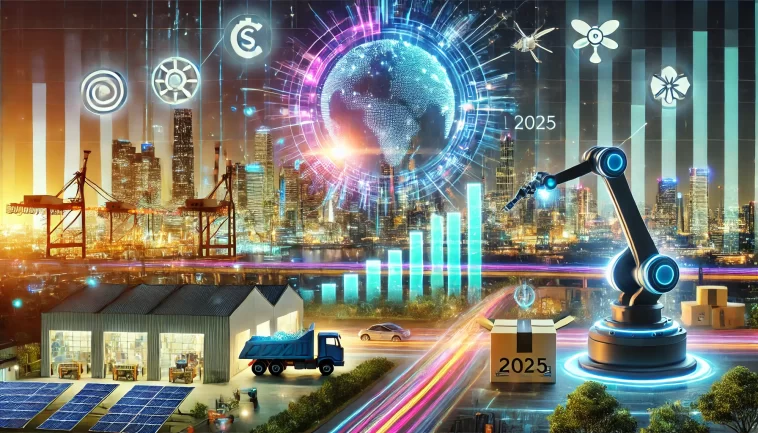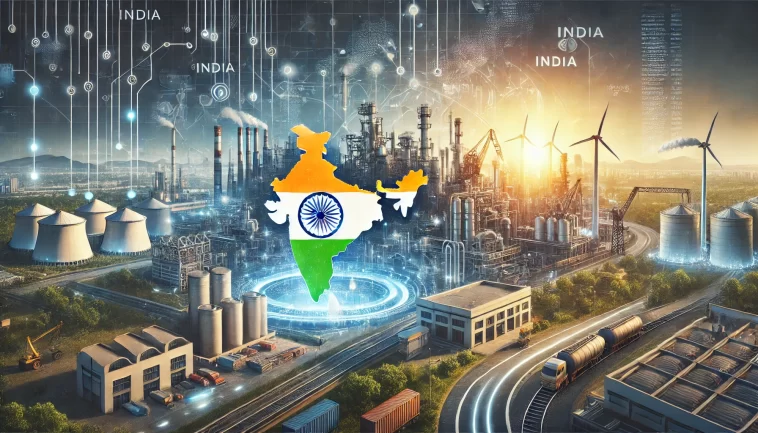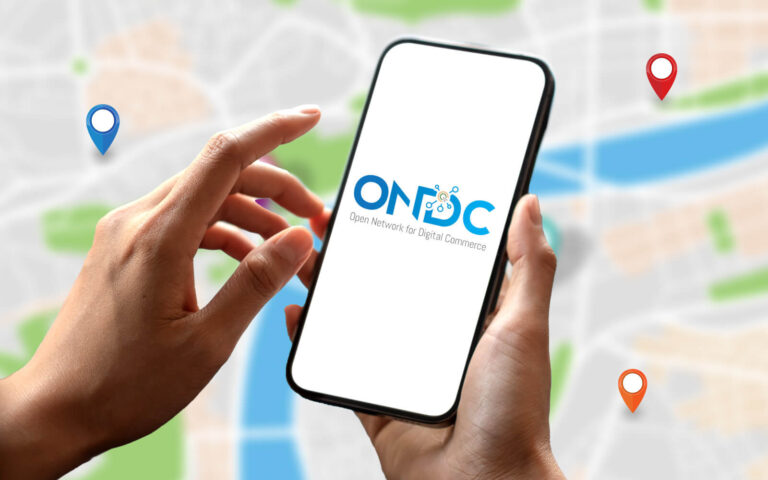Asia is not just participating in the global economic race—it’s setting the pace. As we look ahead to 2025, the continent is rapidly advancing across multiple high-potential sectors. With the perfect storm of tech innovation, consumer demand, and government backing, Asia presents golden opportunities for entrepreneurs, investors, and professionals ready to take a bold step forward.
Here are five booming industries in Asia that you should track—and tap into—to thrive in the coming year.
🌱 1. Renewable Energy & Green Technologies
Asia is powering up with a focus on going green. From solar and wind farms to smart energy storage, countries like India, China, and Japan are leading the renewable revolution.
🚀 Why It’s Booming:
-
Government incentives and climate commitments
-
Cheaper renewable tech and better battery storage
-
Corporate sustainability goals across industries
🔍 2025 Opportunities:
-
Solar and wind energy project investments
-
Green hydrogen production
-
Smart grid innovations and carbon-tracking solutions
🛒 2. E-commerce & Digital Retail
With more than 2.5 billion internet users in Asia, the e-commerce landscape is exploding. Platforms are evolving, shoppers are going mobile-first, and digital-first retail experiences are becoming the norm.
🚀 Why It’s Booming:
-
Rapid smartphone and internet penetration
-
Shift in consumer behavior post-COVID
-
Personalization and AI-driven shopping
🔍 2025 Opportunities:
-
Niche e-commerce (luxury, eco-conscious, regional products)
-
AI-powered chatbots and recommendation engines
-
Cross-border logistics and fulfillment hubs
💸 3. Fintech & Digital Banking
Asia is embracing a cashless future—and fintech is at the heart of it. From blockchain payments to digital lending, startups are reshaping the financial experience.
🚀 Why It’s Booming:
-
Huge demand for financial inclusion in underserved areas
-
Blockchain and crypto-friendly regulations
-
Surge in mobile banking and neobanks
🔍 2025 Opportunities:
-
Decentralized finance (DeFi) platforms
-
Digital lending, micro-investment, and BNPL apps
-
AI-led robo-advisors and wealth management tools
🧬 4. Healthtech & Biotech
Driven by an aging population, rising health awareness, and post-pandemic digital acceleration, Asia’s healthtech and biotech industries are growing faster than ever.
🚀 Why It’s Booming:
-
Expanding AI use in diagnostics and health analytics
-
Growth in telemedicine and remote care
-
Investments in biotech R&D
🔍 2025 Opportunities:
-
Personalized medicine and wearable health tech
-
Genomics and biotech-based drug development
-
AI-driven diagnostics and digital health platforms
🤖 5. Smart Manufacturing & Automation
Asia’s manufacturing is no longer just large-scale—it’s smart, agile, and automated. Thanks to Industry 4.0, factories are becoming tech-driven, efficient, and data-led.
🚀 Why It’s Booming:
-
Rising labor costs fueling automation
-
Government push for smart industrial transformation
-
IoT, robotics, and AI adoption in supply chains
🔍 2025 Opportunities:
-
Robotics-as-a-Service (RaaS) for factories
-
Predictive maintenance and AI-driven analytics
-
3D printing and digital twins in production
🧭 Final Thoughts: Asia Is the Future—Will You Be Part of It?
Whether you’re a founder, investor, or career builder, the path to success in 2025 runs through Asia’s fast-growing sectors. From renewable energy to fintech, the continent is fostering innovation at lightning speed.
Stay informed. Stay agile. Stay ahead.
Now is the time to align with these industries—and shape the future.









